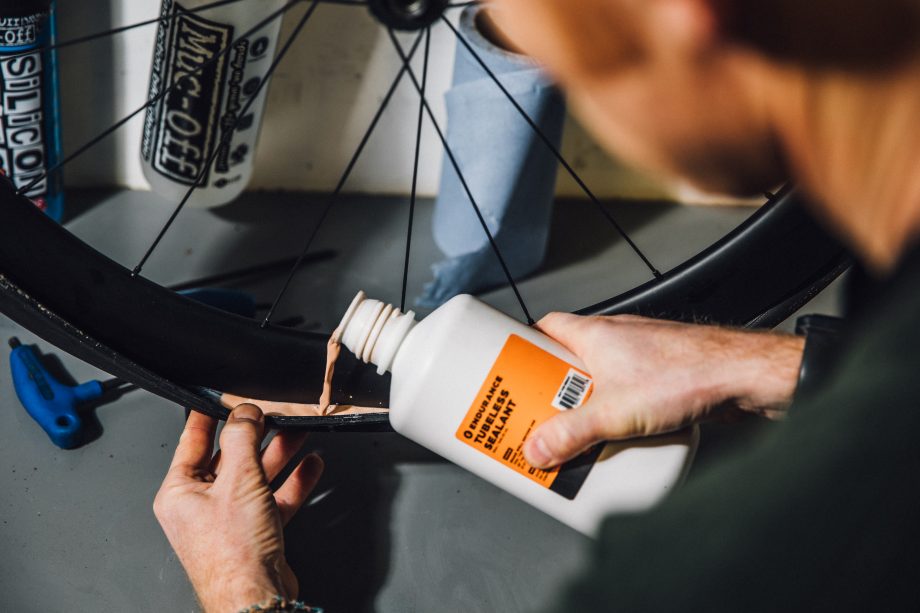
Unbeknown to most cyclists, a Brussels-based organisation, called the European Tyre and Rim Technical Organisation, most commonly known as ETRTO, has been debating the safety of hookless (straight walled) wheel rims and compatible road bike tires. And their decision could impact your ride.
Made up of experts from wheel and tire manufacturers, the ETRTO committee is responsible for producing the recommended safety standards on, as you might have guessed, all aspects of wheel rims and tires - including those on bikes.
The issue that is seemingly dividing the industry is an apparent U-turn on the committee's previous recommendation on internal rim width and the tires that are compatible with them.
ETRTO's new standard states that there should be a minimum of a 5mm overlap between the internal measurement of a rim and the size of the tyre fitted to it. This means that previously popular combinations of 25mm internal rims and 28mm tyres now sit outside the new guidance.
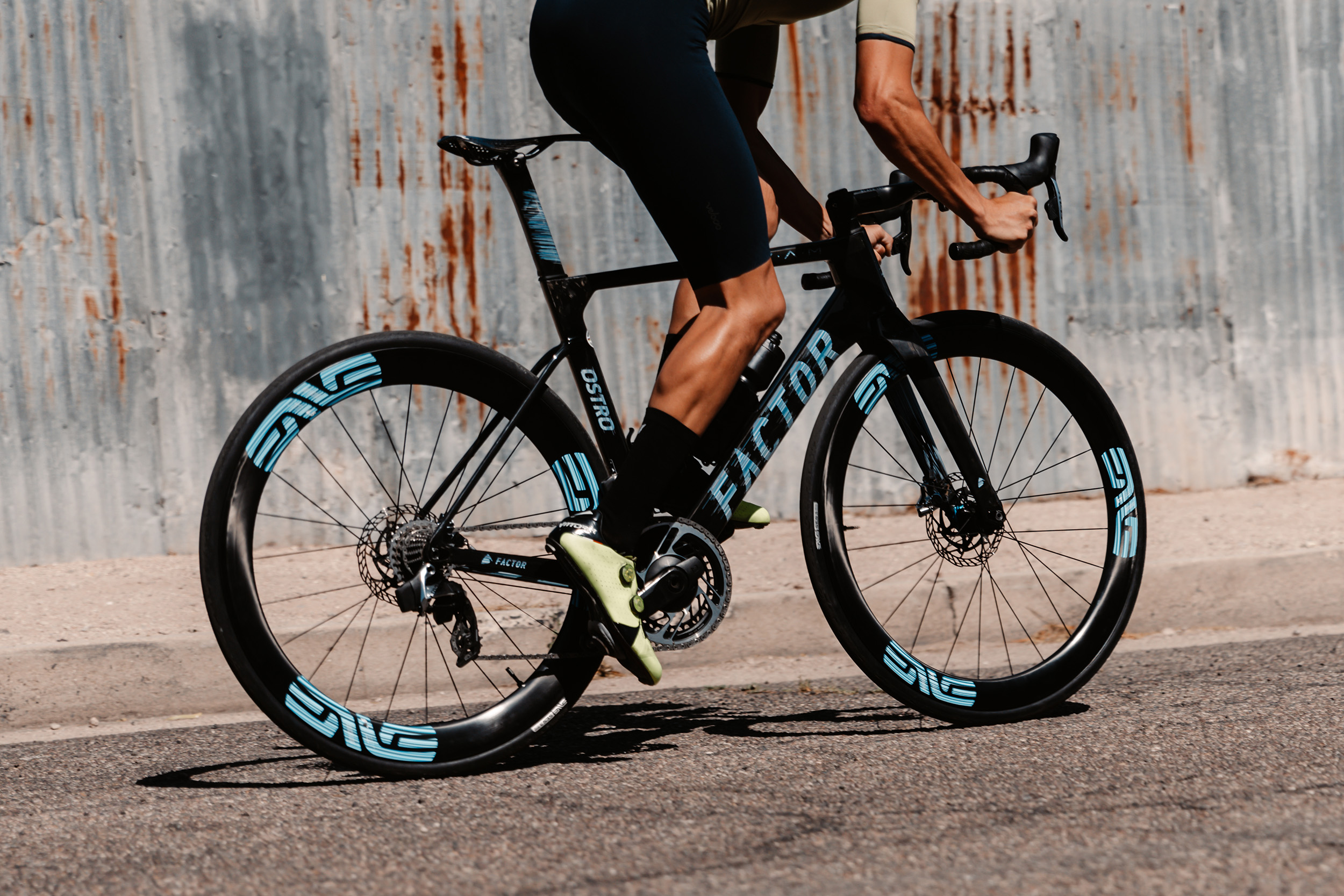
According to Mavic’s Global PR Manager Michel Lethenet, the change “results from a world leading tyre manufacturer, which has demonstrated that a 28mm tyre mounted on a 25mm rim could derail from the rim.”
“The reason why it’s creating such debate is that 28mm tyres on 25mm internal hookless rims are proven to create a really aero profile” Patrick Blake, Lead Product and Commercial Manager at Hunt Bike Wheels tells Cycling Weekly. “Now ETRTO deems this combination unsafe and recommends fitting at least a 30mm tyre on a 25mm rim instead. All of a sudden these wheels are going to become slower”.
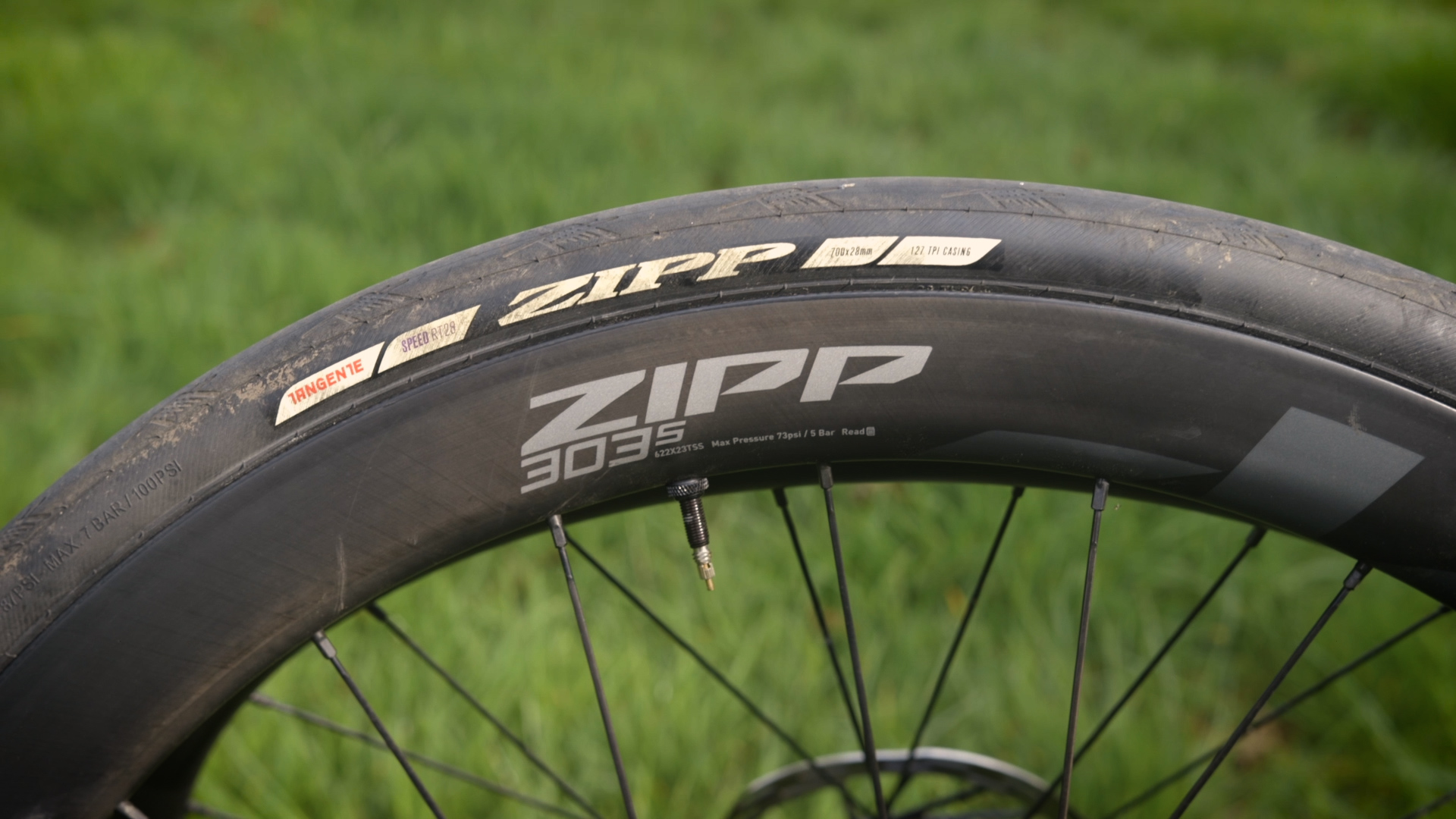
Which comes first? The tyre or the rim?
Will cycling's wheel and tire brands ever learn to play nicely? Not any time soon by the looks of it.
Clearly there are a few unhappy brands out there. Zipp, ENVE and Chris King all have 25mm internal hookless rim options available, and all recommend running 28mm tires in order to achieve optimal performance.
An added complication is that some of these brands sit on, or feed into, the ETRTO committee who made the recommendations. Meaning that as an organisation it doesn't appear unified over the change, with apparent infighting a result of brands defending design principles.
Fundamentally the dispute appears to be about whose responsibility it is to ensure that a tire should stay on a rim. The companies that make the rims, or the ones that make the tires?
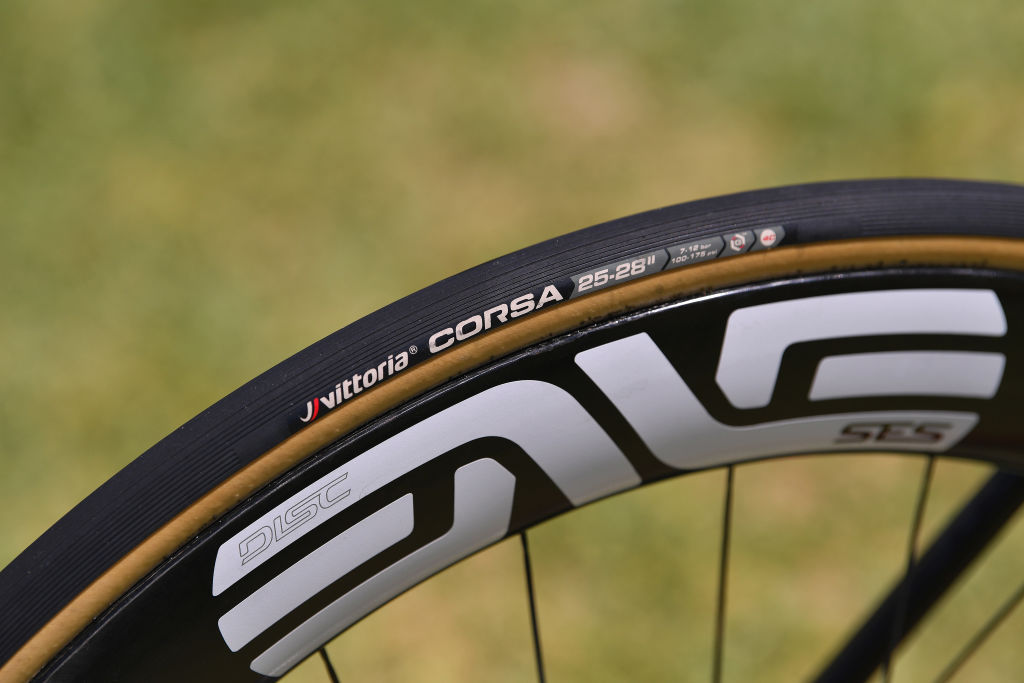
In a formal statement Zipp said “As participants in the ETRTO standards meetings, we knew the compatibility table would change. We understand the updates, but they contradict our position.
“Zipp has tested, designed, and developed several popular and professionally proven wheelsets with 23 and 25mm internal widths. We know there have been enough wheelsets ridden in the past several years with the 28c tires on 25mm rims to prove that the combination is safe and delivers many proven performance benefits”.
ENVE holds the same position. “This blanket recommendation from ETRTO just doesn’t capture the nuances,” says Jake Pantone, Vice President of Product & Brand. “The new guidance also states “labelled” tyre size. Well, all that tells a product manager is that I can label yesterday’s 28 as a 29 and now I’m good. I can point to 30mm tyres that have come off 21-25mm internal rims, and I have a whole list of 28mm (labelled) tyres that are built such that they stay on a properly built 25mm internal width rim without issues.”
“[ETRTO] uses the words ‘recommendation’ and ‘stated’,” continues Pantone, “These are guidelines, not a standard, not a mandate."
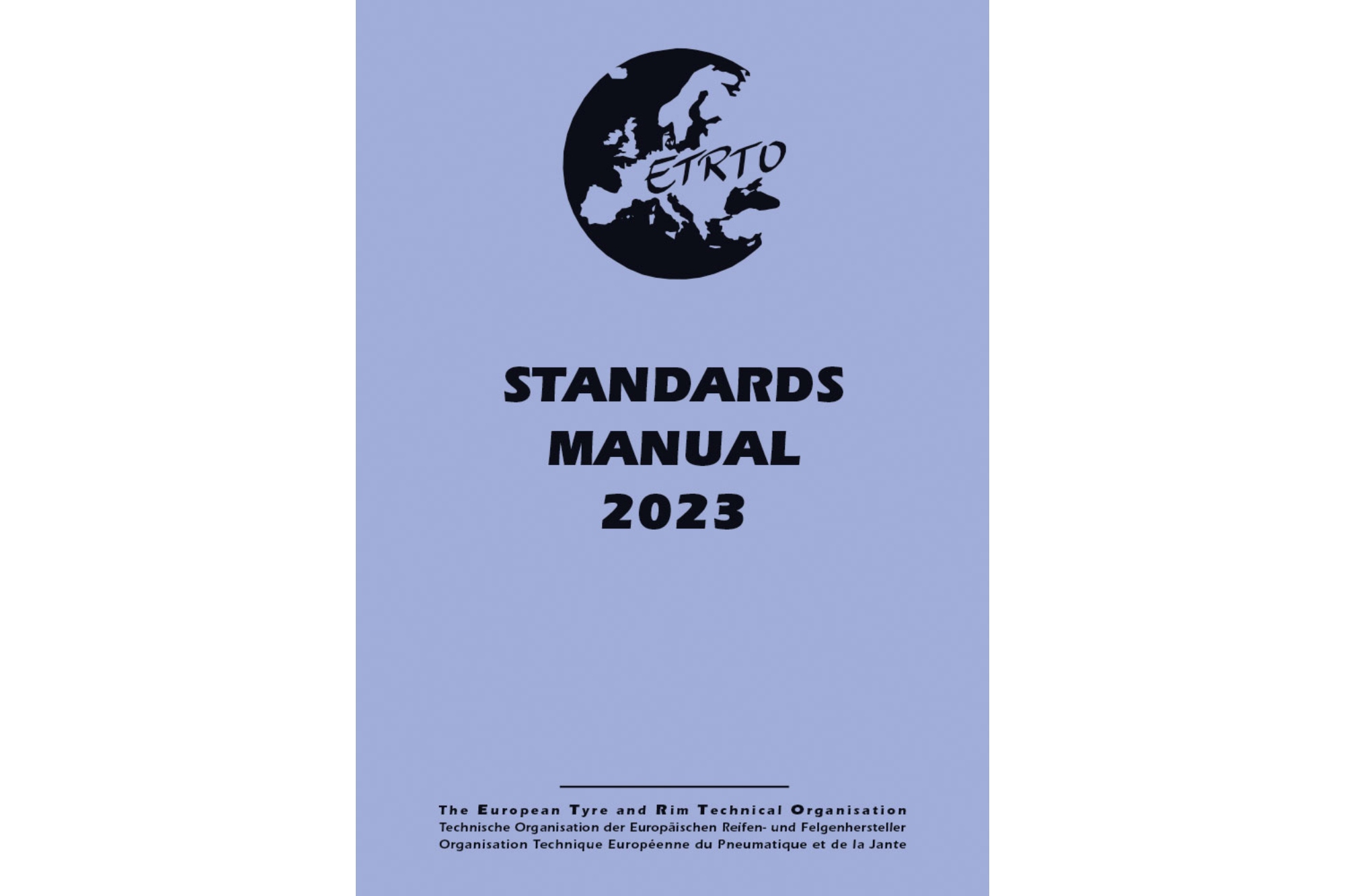
On the flip side to Zipp and Enve are Continental and Mavic, also both on the ETRTO committee, and who hold opposite positions to the aforementioned wheel brands.
In responding to our request for comment, Continental sent us a statement that reads: “The recommendations and standards which are implemented by the ETRTO are a common ground to build an industry standard between rim, tire and valve manufacturers.
“Those standards should be considered as a baseline for manufacturers and developers where improvements and innovations can arise from. The main intention behind the standards are “barriers" to ensure a safe and functional surrounding that parts in the industry are compatible with each other and ensure safety for end consumers. So yes, Continental agrees with the recommendations from ETRTO”
It’s a similar line from Mavic, with Lethenet telling us that its “...tire instructions are based on the official ETRTO recommendations”.
With regards to a 28mm tyre on a 25mm rim, he says: “This combination has been removed from ETRTO rules and soon in the ISO (International Organisation for Standardisation) rules too as both organisations are now on the same page.”
While still not a legislation, countries or governing bodies do often adopt the ISO Standard as regulation. Both ETRTO and ISO have confirmed they are in discussion, with the latter currently working on a revision to its tyre and rim standards.
If this ISO change in rim and tyre standardisation is the case, non-conformance would be a risk for any brand. With a governing body in the UCI that would rather see riders disqualified over sock height, there’s little chance that it’d allow a pair of self-assessed wheels take to any start line.
We’ve reached out for comment to both the relevant ETRTO and ISO committees on the unification of the standard and both have confirmed that that discussions are in progress.
“The problem is that the onus is on the wheel brand to tell [cyclists] what is and isn’t safe” says Hunt's Blake. “You’ve got to be a very knowledgeable consumer to understand all the standards out there”.
So has ETRTO been caught napping at the, err, wheel on this issue? Not really.
Bicycle wheel manufacturers conduct their own in-house testing on tire compatibility, and the ETRTO does not. This means that all regulations are always made retrospectively, much like UCI guidelines.
“While the new compatibility table removes the combinations that Zipp advocates for,” comments Zipp in its official statement “the current table will move to a section of the ETRTO norm called PSD, the Previous Standard Data, demonstrating that those combinations are safe and can still be used”.
But what happens if an accident occurs as a result? “If a company doesn’t follow the norm…it means it will have to prove that its rim/tyre design is not involved in the cause of the said accident,” says Mavic’s Lethenet. “On the opposite side, if you comply with the norm on your products, you won’t have to endorse these responsibilities alone”.
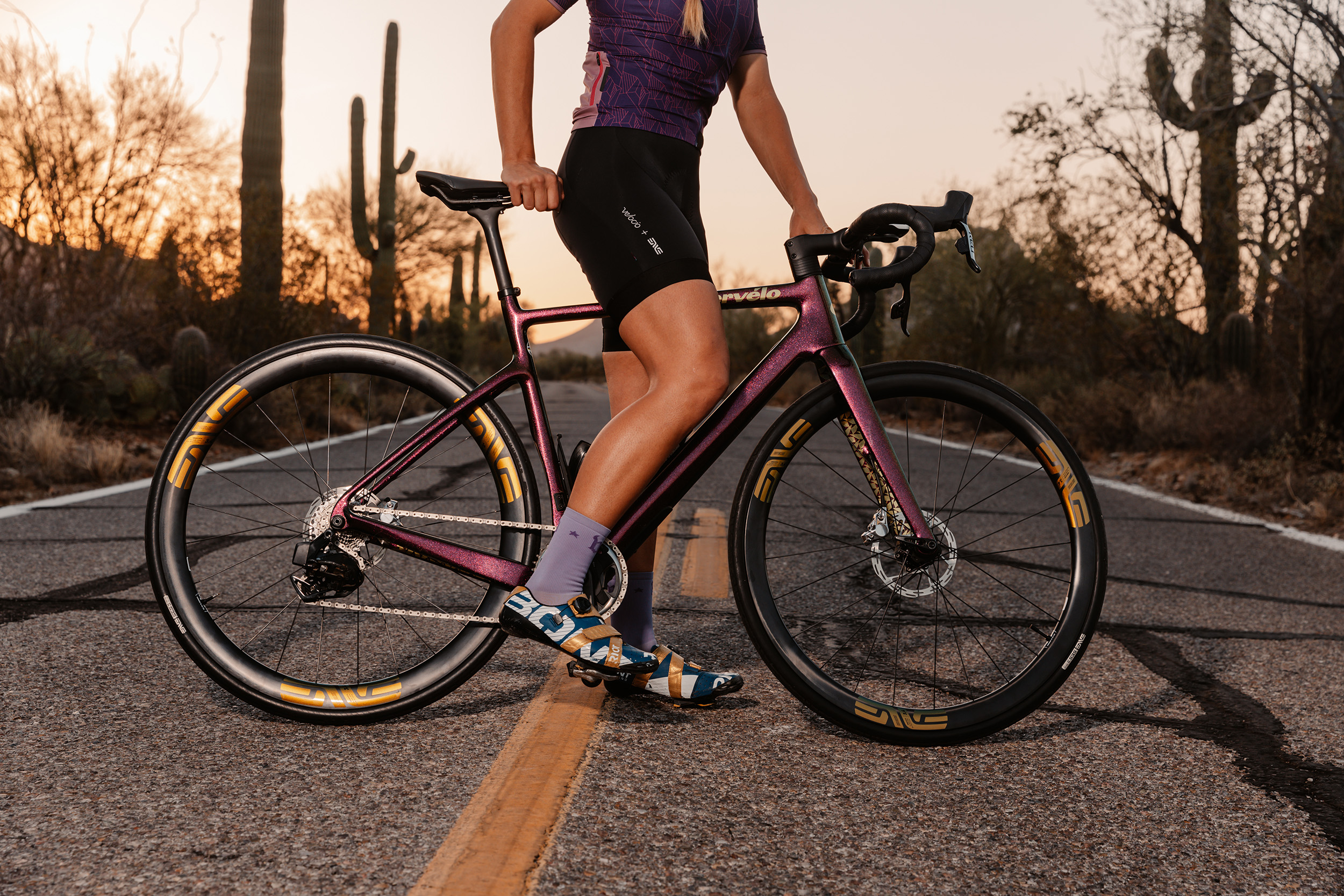
Pantone feels very strongly that this 'compliance' position is stifling innovation “Our goal as an industry needs to be to establish a standard that doesn’t prevent progress, but sets a baseline for performance.," he says.
“Right now it feels like these recommendations are striving to be inclusive of the lowest common denominator vs driving performance. The result is consumer confusion and diminished confidence.
"I see daily calls for a return to hooked beads, not because someone had a bad experience with hookless rims or tubeless tires, but because they read articles about tire/rim compatibility and say, 'I’ve never had to deal with this before, why are you complicating my life.' We need to educate on tubeless, how it works, why compatibility matters, and instil confidence.”
This current standoff is likely baffling for the consumer to wade through. Until both parties can come to agreement, cyclists are left to make their own judgement.
However, we feel that there's little need to panic. Our take home from everyone involved is that as long as you stick to the tire manufacturer's recommended inflation pressure - remembering that your rims and tires are now likely sitting in ETRTO's PSD section, mentioned earlier, so still deemed safe - you're still unlikely to encounter problems.
Blake from Hunt helpfully puts it all into perspective “We’ve never seen an issue of derailment with 25mm [internal] rims and 25mm tires that wasn’t caused from over inflating of the tyre” he reassures us.
“My concern is however, that the proverbial can is being kicked down the road," he says. Tire brands will be the ones that evolve to adhere to the new standards, and then compatibility with existing rims will eventually become an issue."
"So while it is fine to run the older standard now, you’ll probably struggle to get a 28mm tire that’s still compatible with a 25mm internal hookless rim in a couple of years. It’s the consumer who will be left out of pocket ”.







